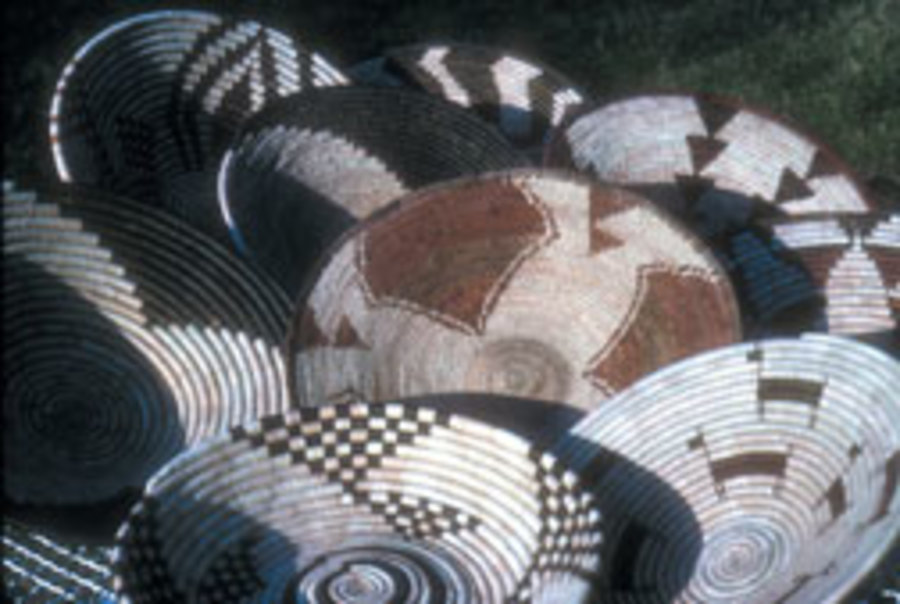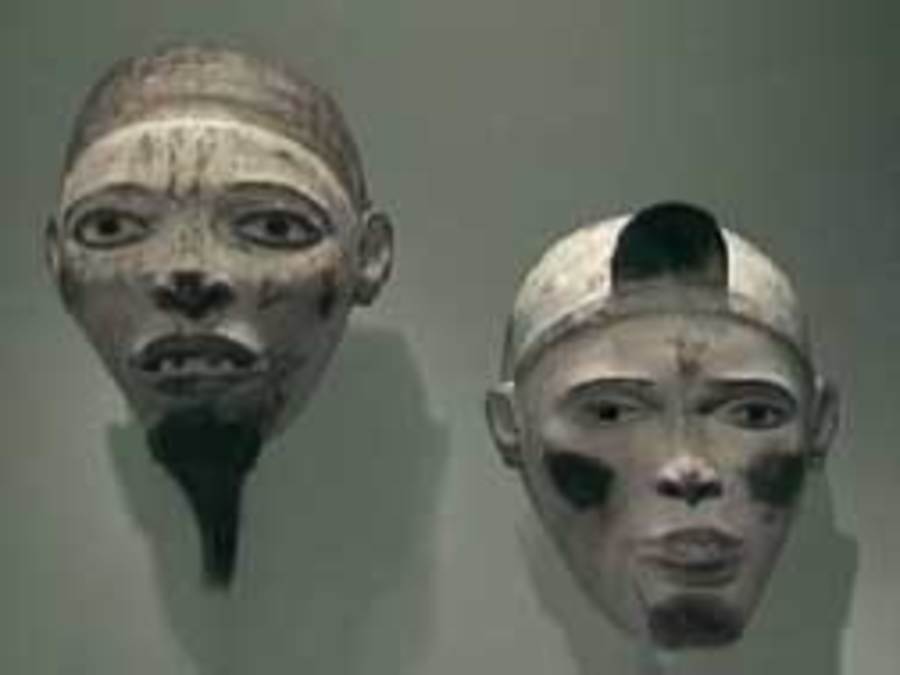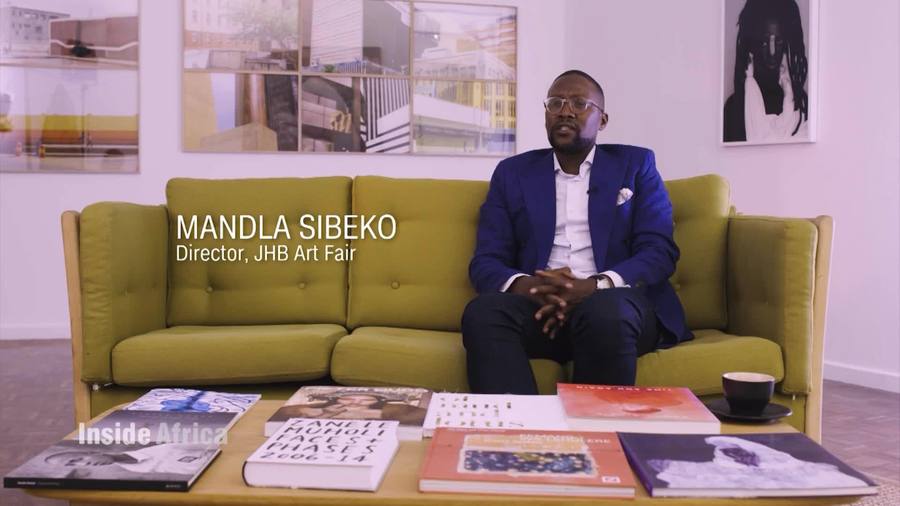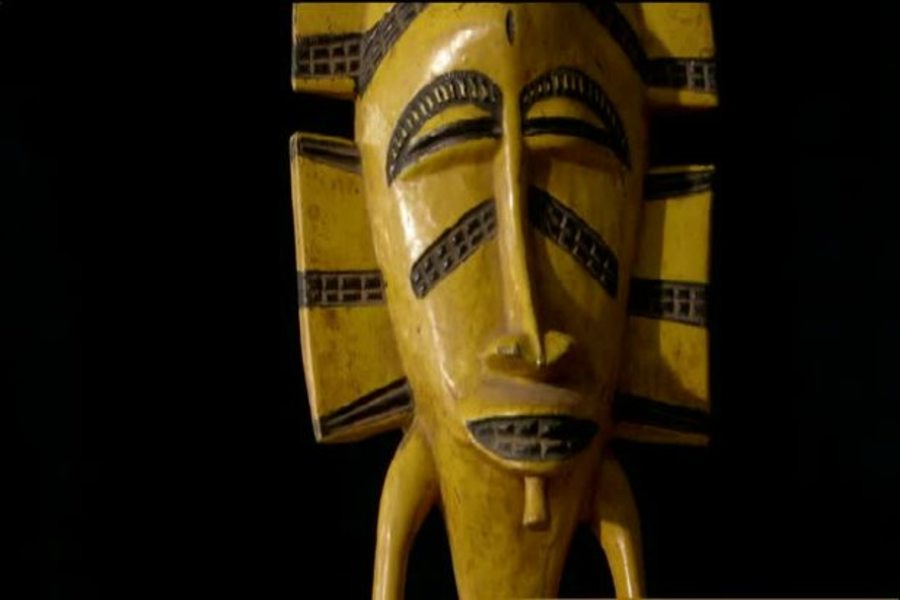 Try these videos to get started. Must be on campus or login with your COM account for off campus access.
Try these videos to get started. Must be on campus or login with your COM account for off campus access.
Want more on finding media? Try Articles & Media.
-
African Art (20:38)
In the villages of sub-Saharan Africa where traditions are still strong, art is an integral part of daily life. This illuminating program examines the symbolism, aesthetics, and functionality of African art through the vast region’s sculpture, masks, architecture, ornaments, clothing, and utensils. In addition, indigenous African religious beliefs are explored through rituals—a spiritual form of performance art—and funerary statuary. Prehistoric rock art is also presented, and the conceptual nature of African art is stressed. Location footage underscoring the rich mosaic of cultures to be found in sub-Saharan Africa provides the backdrop for the program.
-
African Art: Legacy of Oppression (21:39)
Belgium’s Tervuren Museum contains the world’s largest collection of Central African art, which consists of approximately 250,000 pieces. Noted journalist Paul Solman discusses the power and the true price of this collection with art historian Ramona Austin and journalist/author Adam Hochschild. In the immense Congo region, there are more than 250 different cultures, so there is a broad range of artistic styles to be found there. Austin is particularly drawn to the emotionally riveting abstracts, with their modernistic qualities and generalized forms that influenced Picasso and other European masters. She also admires the intricate detailing lavished on everyday objects like combs. But how did the Tervuren collect this body of art? Hochschild says that when Belgium’s King Leopold II colonized and brutally exploited this territory during the late 1800s, ivory and rubber were not the only things sent back to Europe.
-
African Contemporary Art (22:24)
The world of contemporary African art is evolving rapidly; its artists' influences extend beyond the continent as Africa establishes itself as a global modern art destination.
-
Hidden Treasures of African Art (59:14)
Program host Griff Rhys Jones continues his quest to understand non-Western art forms by travelling to West Africa. Looking beyond the astonishing monetary worth of antique carvings from the region, Jones asks: what makes a piece “authentic” and are such objects still produced by artists today? Is there an exact definition for what constitutes African art? Has there ever been? The investigation starts on Mali’s Bandiagara Escarpment, a hub of Dogon civilization, which invests certain carvings and sculptures with spiritual significance. Wondering if belief in the power of these objects can survive the march of modernity, Jones shifts his focus to Accra, the capital of Ghana. There he encounters further reasons to think of art in the context of time’s passage, as he learns more about invention and creativity on the continent that gave birth to the human species.
![]() Try these videos to get started. Must be on campus or login with your COM account for off campus access.
Try these videos to get started. Must be on campus or login with your COM account for off campus access.


